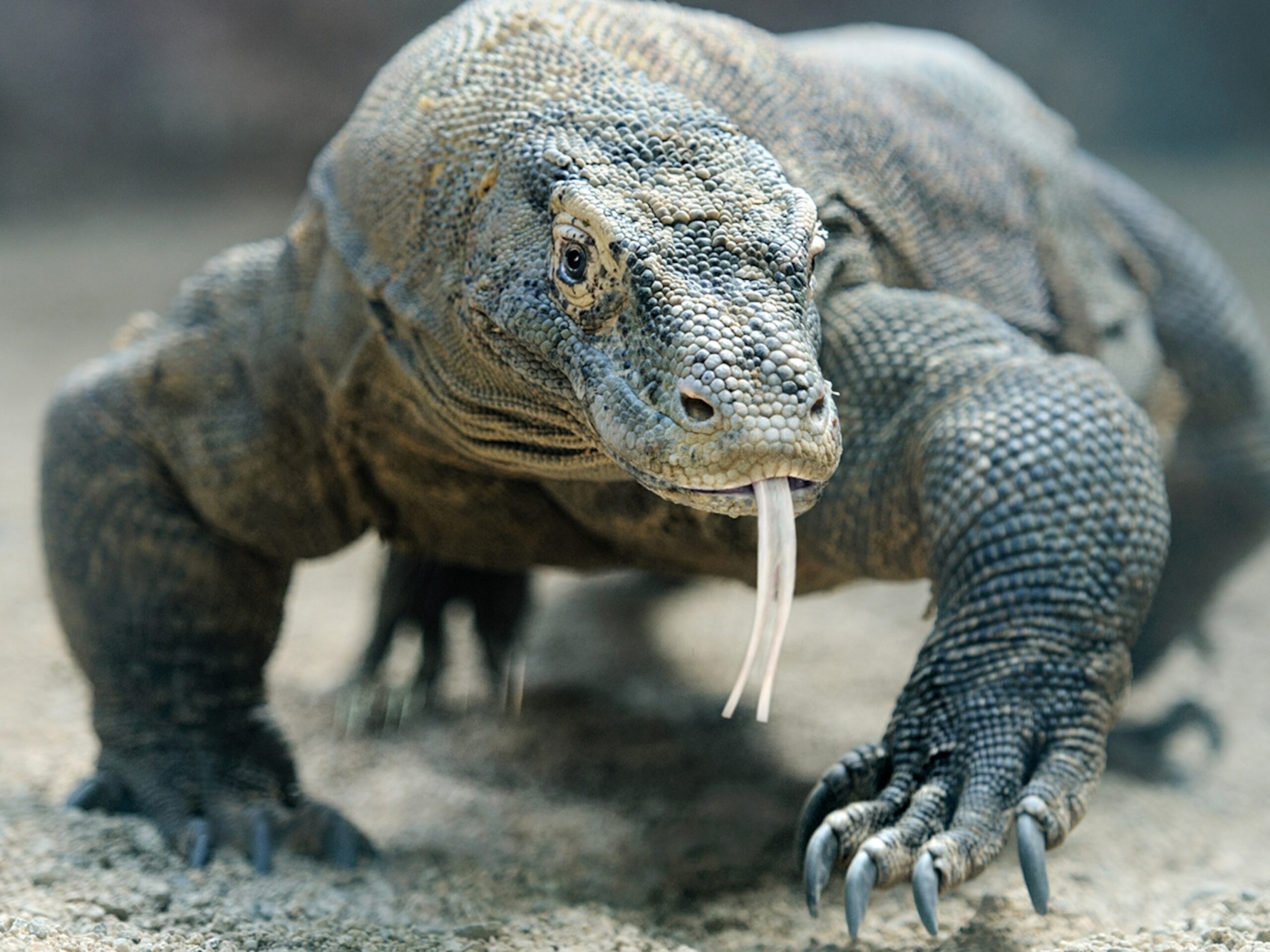Komodo dragons are fascinating creatures that are often associated with Indonesia. However, there have been claims and rumors about the presence of these giant lizards in Australia. In this article, we will fact-check and explore whether there are indeed Komodo dragons in Australia.
The Origin of Komodo Dragons
Komodo dragons are native to Indonesia, specifically the islands of Komodo, Rinca, Flores, and Gili Motang. These reptiles are the largest lizards in the world and are known for their impressive size and predatory skills.

Komodo Dragons in Zoos
While Komodo dragons are not naturally found in Australia, some Australian zoos house these magnificent creatures. Zoos like the Australia Zoo in Queensland and the Taronga Zoo in Sydney have Komodo dragons as part of their exotic animal collections. These zoos provide a safe environment for visitors to learn about and observe these fascinating reptiles up close.

Wild Komodo Dragons in Australia?
Contrary to popular belief, there is no evidence to suggest that wild Komodo dragons exist in Australia. The climate and habitat in Australia are not suitable for these lizards to thrive in the wild. Komodo dragons require a tropical climate with specific conditions that are not found in Australia.

Myth Busted: Komodo Dragons in Australia
In conclusion, the claim that there are Komodo dragons in the wild in Australia is a myth. While these impressive reptiles can be seen in select Australian zoos, they are not native to the country and cannot survive in the wild due to the unsuitable climate and habitat. It is essential to fact-check such claims to ensure accurate information is shared about these incredible creatures.

Conclusion
Komodo dragons are awe-inspiring creatures that capture the imagination of many people around the world. While they are not found in the wild in Australia, the presence of these lizards in zoos provides an opportunity for education and conservation efforts. By dispelling myths and sharing accurate information, we can appreciate and protect these magnificent reptiles for generations to come.

Leave a Reply